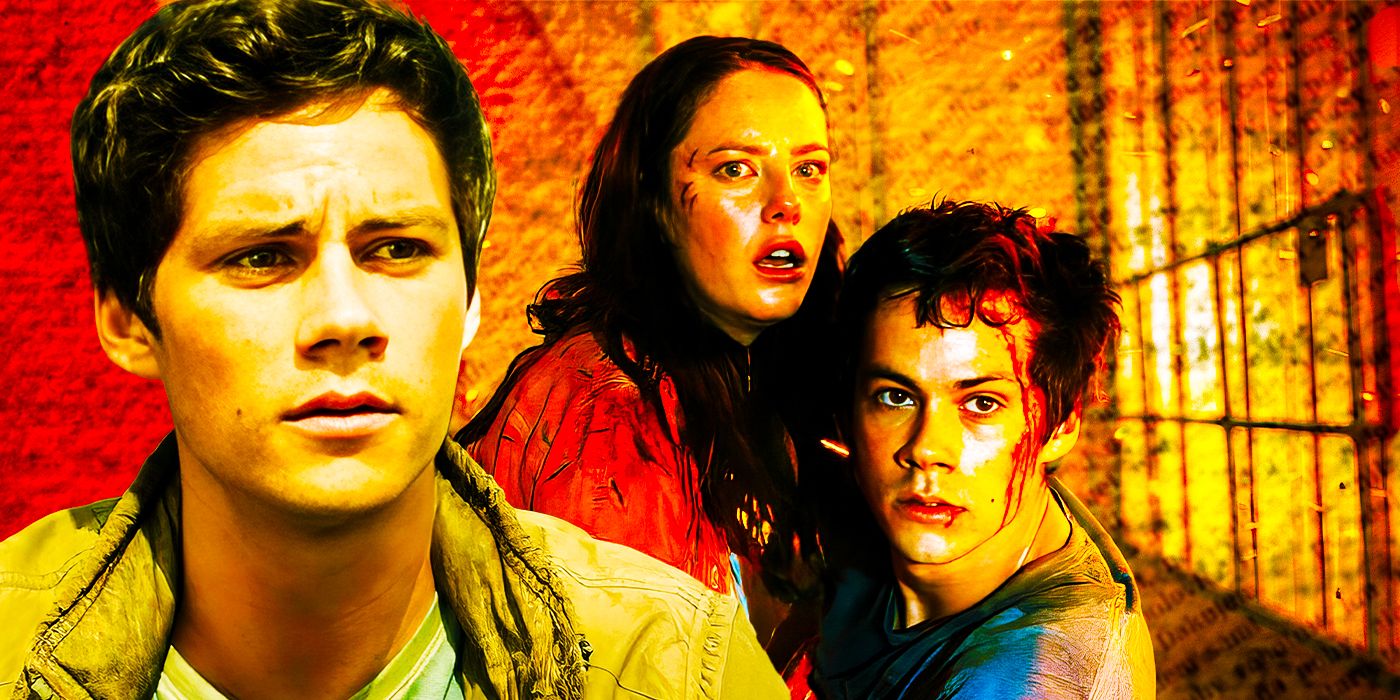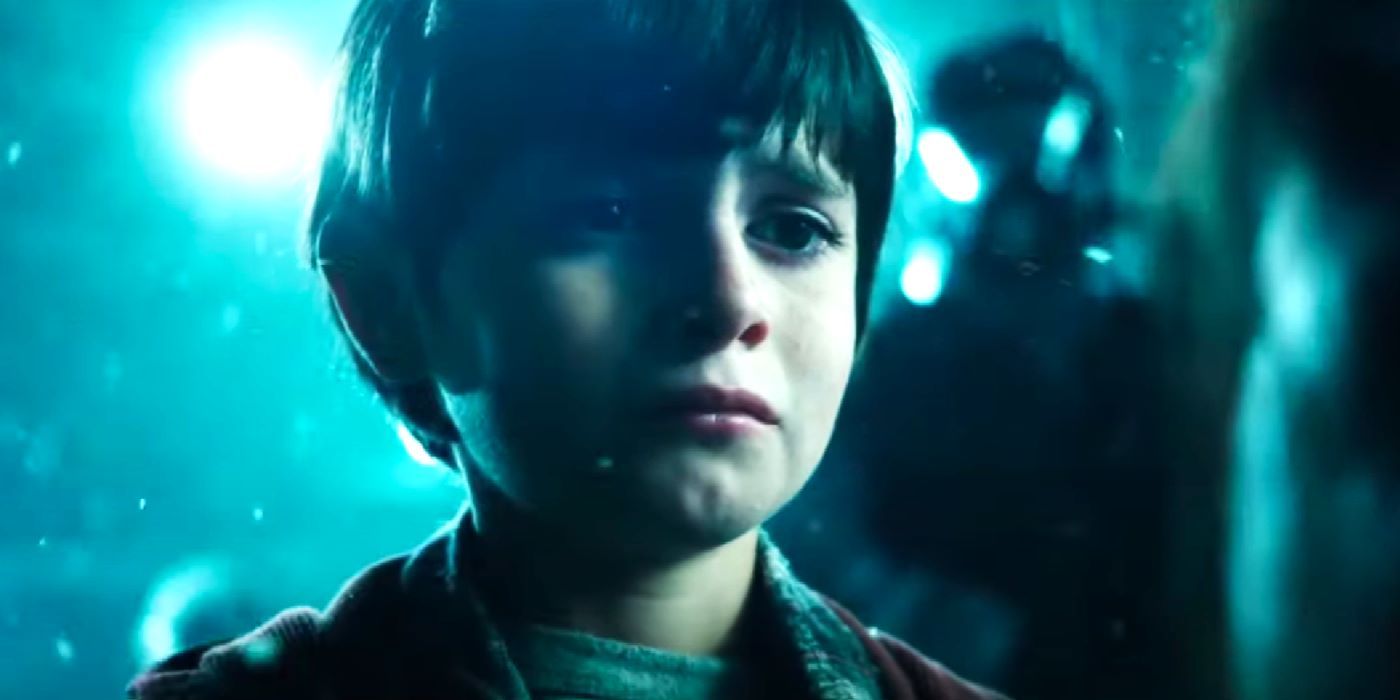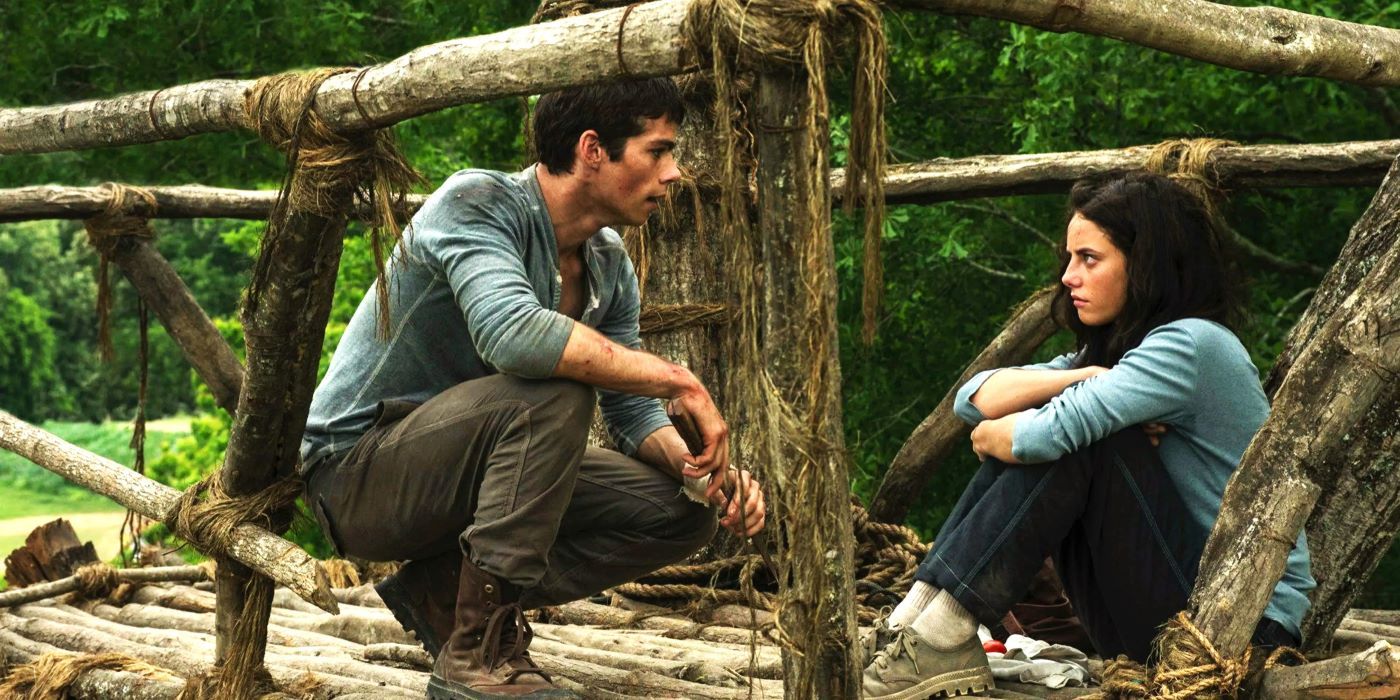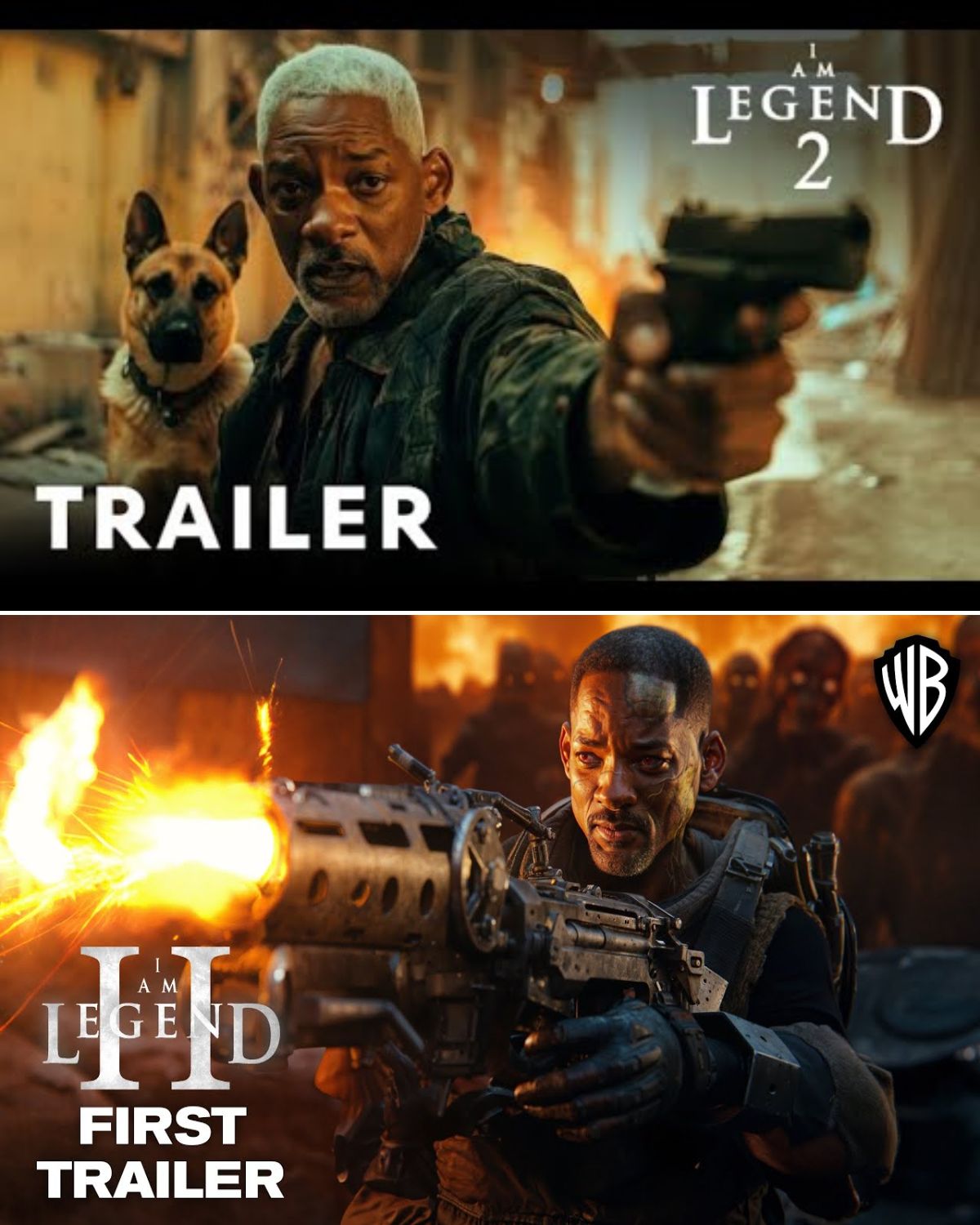American dystopian science fiction movie The Maze Runner The narrative centers on sixteen-year-old Thomas (played by O’Brien), who wakes up in a rusty elevator and has no memory of who he is. He discovers that he and many other boys have been brought to the center of a complex maze and have been attempting to escape the constantly changing labyrinth while also establishing a functional society in an area they refer to as the Glade.
Maze Runner 4 Can Still Happen, But The Books Make Future Movies Impossible
The Maze Runner franchise extends beyond the three movies, and the fourth book could be adapted, but some book details make future movies a challenge.

Although The Maze Runner movie series ended in 2018, James Dashner, author of the franchise’s books, has released prequels that make any future movies seem impossible. While the original Maze Runner trilogy focuses on Thomas (Dylan O’Brien) and his friends’ journey to escape the Maze and overpower WICKED (or WCKD in the movies), the fourth and fifth Dashner novels predominantly center around new characters.
By the end of the third film installment, Maze Runner: The Death Cure, the Maze survivors settle on an idyllic beach, finally at peace, where they memorialize the friends they’ve lost, like Newt (Thomas Brodie-Sangster) and Teresa (Kaya Scodelario). If a fourth and fifth movie were to be made, chronicling the events of the respective books, audiences would need to welcome a new cast of characters, cameos from past protagonists, like Thomas, as well as new settings since the occurrences would take place before the Maze.
The Maze Runner 4 Can Adapt The Kill Order With A New Cast
Despite The Kill Order being set 13 years before any of the events from The Maze Runner trilogy, its main story is sandwiched between a prologue and epilogue that feature two main characters fans of the film series already know, namely Thomas and Teresa. Although Thomas also appears as a young boy in the novel, it still focuses on an already familiar aspect of his story—when he was taken by WICKED, which has been shown in flashbacks in Scorch Trials. The prologue, in particular, is from Teresa’s perspective, and her character features throughout the main story under the name, Deedee, an immune girl.
However, because the story is mainly focused on new characters, there wouldn’t be a need to try and get the original cast to return or worry about any age discrepancies from the source material, considering most of the original cast are in their early thirties. For the adaptation, it would be a refreshing way to re-introduce the franchise to the big screen. It could introduce interesting characters like Alec, a war veteran, and WICKED high-ranking officials that pre-date Ava Paige and Assistant Director Janson, such as Katie McVoy who recommends killing half the population with the Flare virus.
The Maze Runner 5 Would Be More Difficult To Adapt
While Fever Code, the fifth book installment, is also a prequel like Kill Order, it chronicles the creation of the Maze, ending right where the first Maze Runner book starts. Another significant difference is that this story’s protagonists are Thomas and Teresa, meaning O’Brien and Scodelario would need to be cast. Although Kill Order could get around needing a younger Thomas and Teresa to revisit these two characters by casting younger actors, the fact that Fever Code essentially would need them to be the ages O’Brien and Scodelario are at the start of Maze Runner, it’s less likely the film would work.
While Fever Code offers a lot of insight into Thomas’ and Teresa’s roles in everything they and their friends went through in the Maze and the Scorch, such as getting trapped overnight with the Grievers or getting drugged in the desert, a recast of two of the most integral characters in the franchise may not go over well with fans. Thie Maze Runner franchise offers unique and compelling moments amidst a corrupt and catastrophic fictional dystopia. However, while some of James Dashner’s un-adapted stories could work and revive the franchise, it’s most likely too late for other adaptations.




